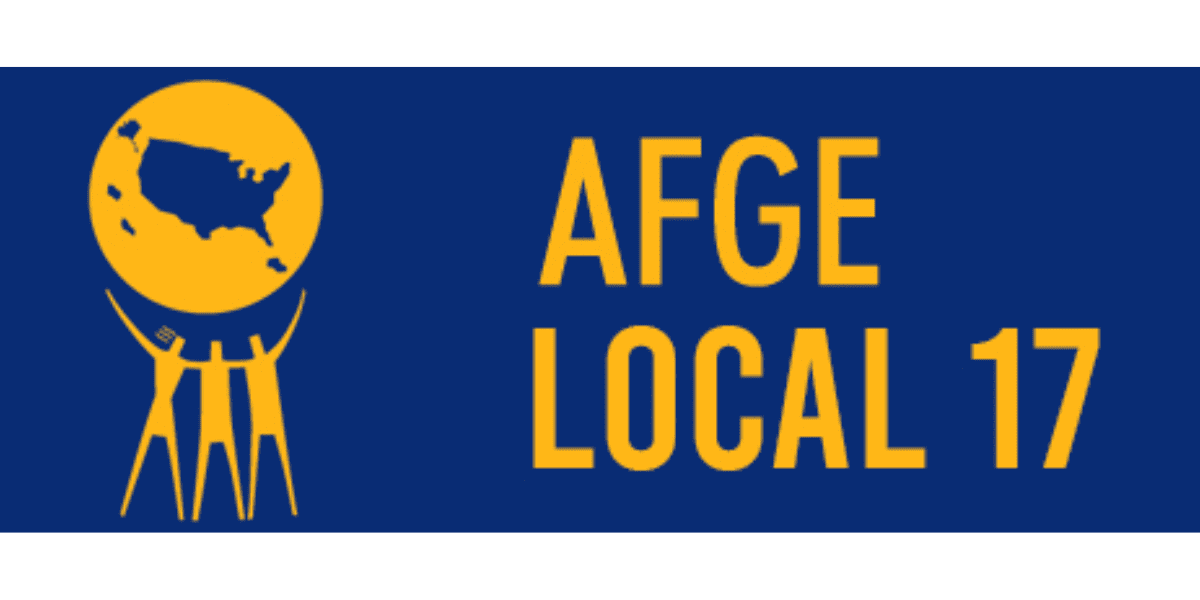The National Council on Federal Labor-Management Relations no longer exists after President Donald Trump revoked the Executive Order that created it. So, where does this leave the federal labor unions and the workforce they represent?
President Barack Obama created the Council with Executive Order 13522 in December 2009. The idea was to find ways of fostering a stronger working relationship between agencies and unions, which would lead to more bipartisan resolutions to a broader range of workplace issues. The Council was co-chaired by the Director of the Office of Personnel Management (OPM) and the Deputy Director of the Office of Management and Budget (OMB), and it included the following:
Chair of the Federal Labor Relations Authority
Agency leaders from each of the five executive departments not otherwise represented on the Council
President of the American Federation of Government Employees
President of the National Federation of Federal Employees
President of the National Treasury Employees Union
President of the International Federation of Professional and Technical Engineers
Leaders of three other labor unions representing federal employees
President of the Senior Executives Association
President of the Federal Managers Association
One of the provisions of President Obama’s Executive Order allowed the Council to initiate pilot programs that were designed to grant labor unions a greater scope of permissive topics to bargain over with agency leaders.
In its 2012 report, the Council stated that these pilot programs created better dialogue between unions and management, but the results of the bargaining sessions were mixed. The Council continued its work until President Trump signed his Executive Order revoking President Obama’s Executive Order. President Trump also had the Council’s report removed from public record.
For labor unions and the federal employees they represent, this move means the scope of their negotiating power with agencies will be narrowed down to pre-2010 levels. Agencies will not need to broaden the items they negotiate with the Unions any longer. In essence, unions will be unable to influence the larger decisions that federal agencies make for their employees.
This is not to say labor unions will be rendered completely ineffective. They will continue to represent federal employees in adverse employment actions and administrative hearings – areas that are of immediate importance to those who are facing such actions or who are filing grievances. They just won’t be able to give full representation of the employees they serve when negotiating collective bargaining agreements.
One more aspect to note: the unions’ power to bargain with federal agencies have ebbed and flowed with each administration since the creation of the Federal Labor Relations Authority in 1978. Some administrations have been supportive of unions’ negotiating rights, and some have been supportive of the agencies’ negotiating rights. So while the unions’ negotiating rights are limited now, they may expand again with a new administration.
© 2017 Mathew B. Tully, Esq.. All rights reserved. This article may not be reproduced without express written consent from Mathew B. Tully, Esq..





